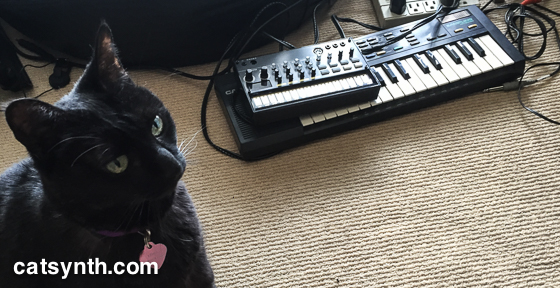
We got some unfortunate news the week after Luna’s visits to our regular vet and to our specialist. There has been a recurrence of the skin nodules, and possibly another mammary mass as well :(. This is not good news. But we will continue to do what we can for her. Our plan at this point is home chemotherapy for as long as needed, with the goal of arresting the growth of any cancer, and possibly shrinking it. It’s more “calling a truce” and keeping her healthy than aggressive attacks on the disease.
Luna herself is happy and healthy otherwise, her usual sweet and affectionate self. I am glad to see her enjoying life and seemingly unaffected by the disease. The goal is to keep her that way and have lots more time together. The complication right now is that it comes at a challenging juncture with my own medical issues – a story for another time – but we will make it work.
Thanks as always for your continued thoughts and purrs.













